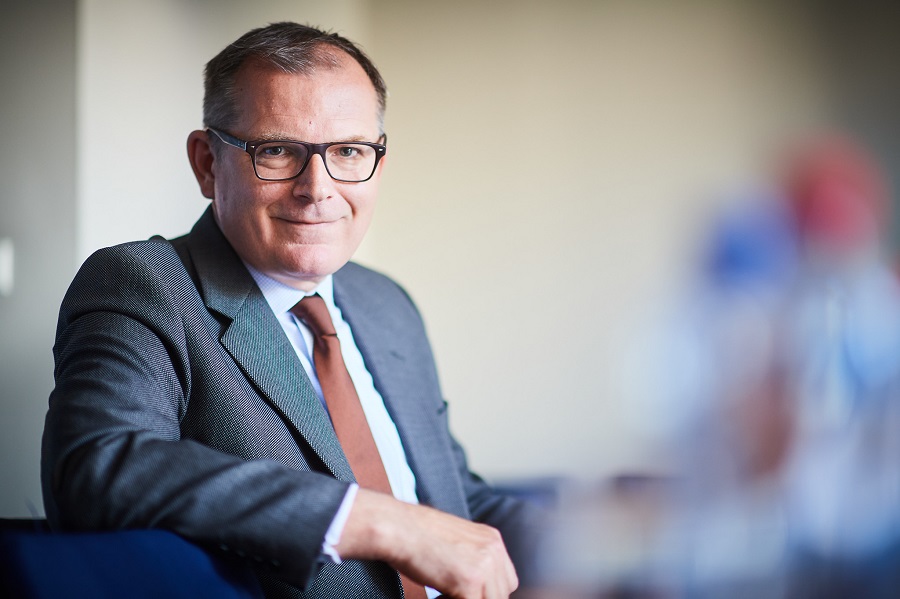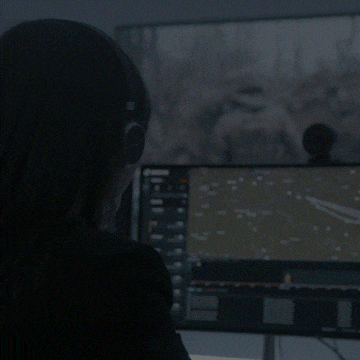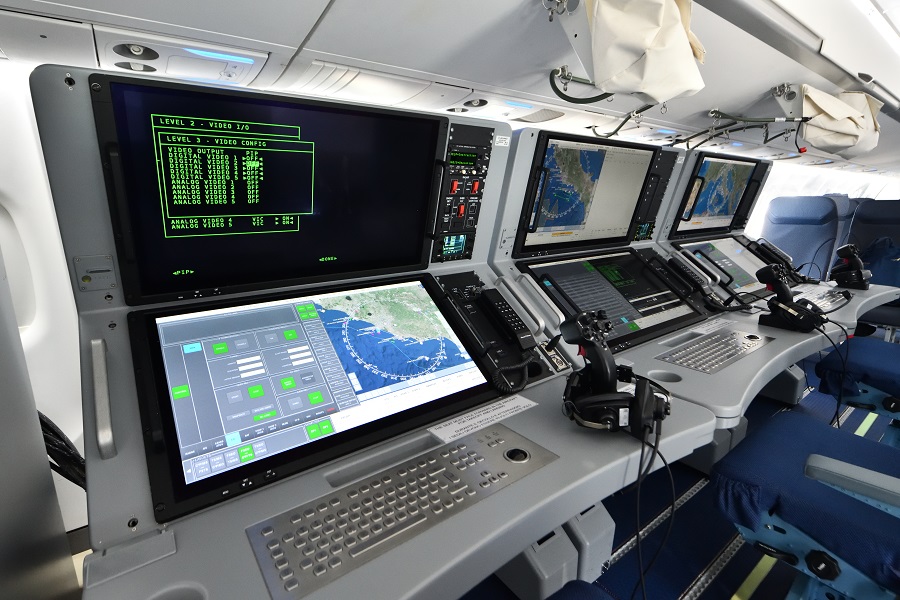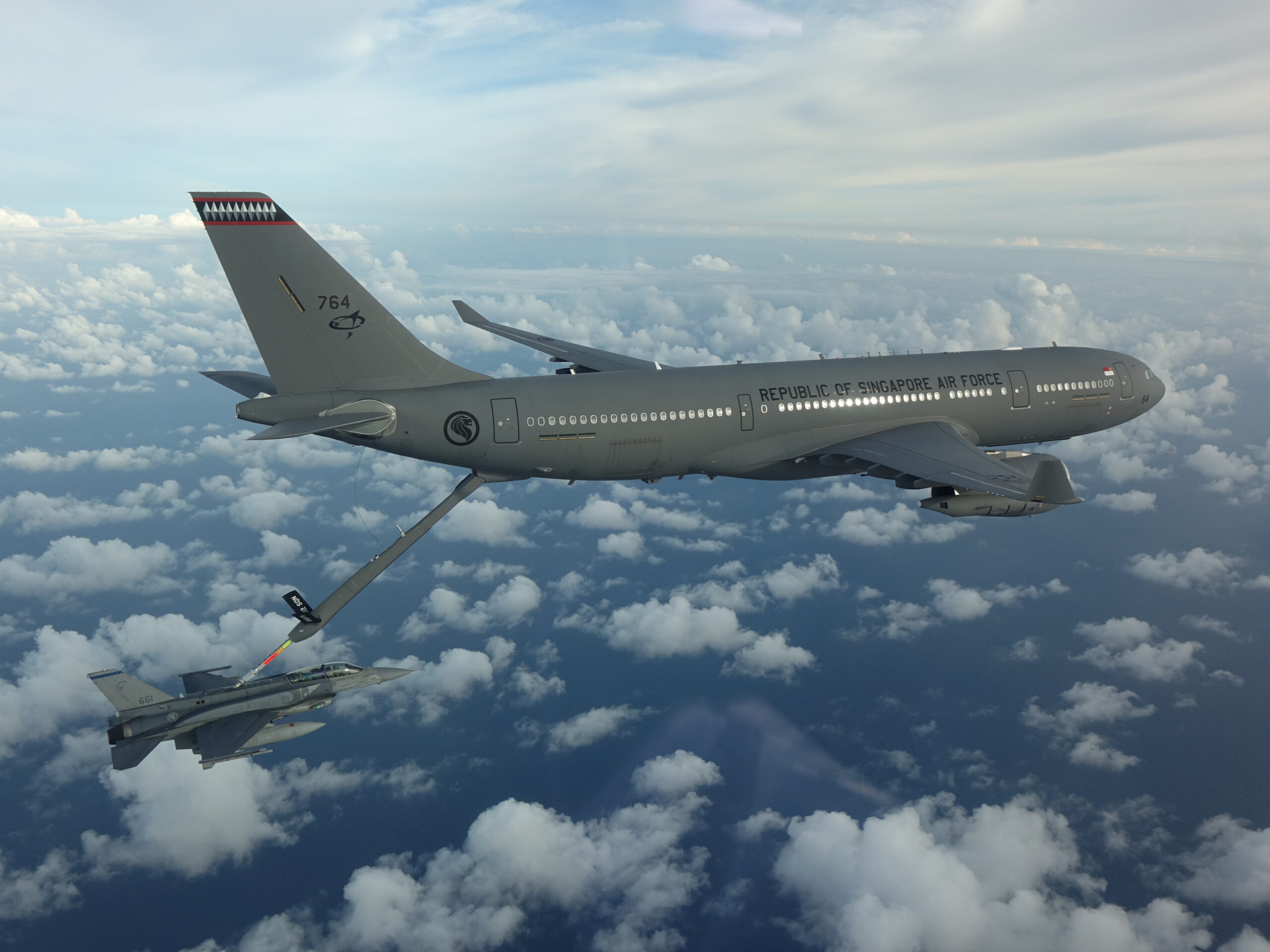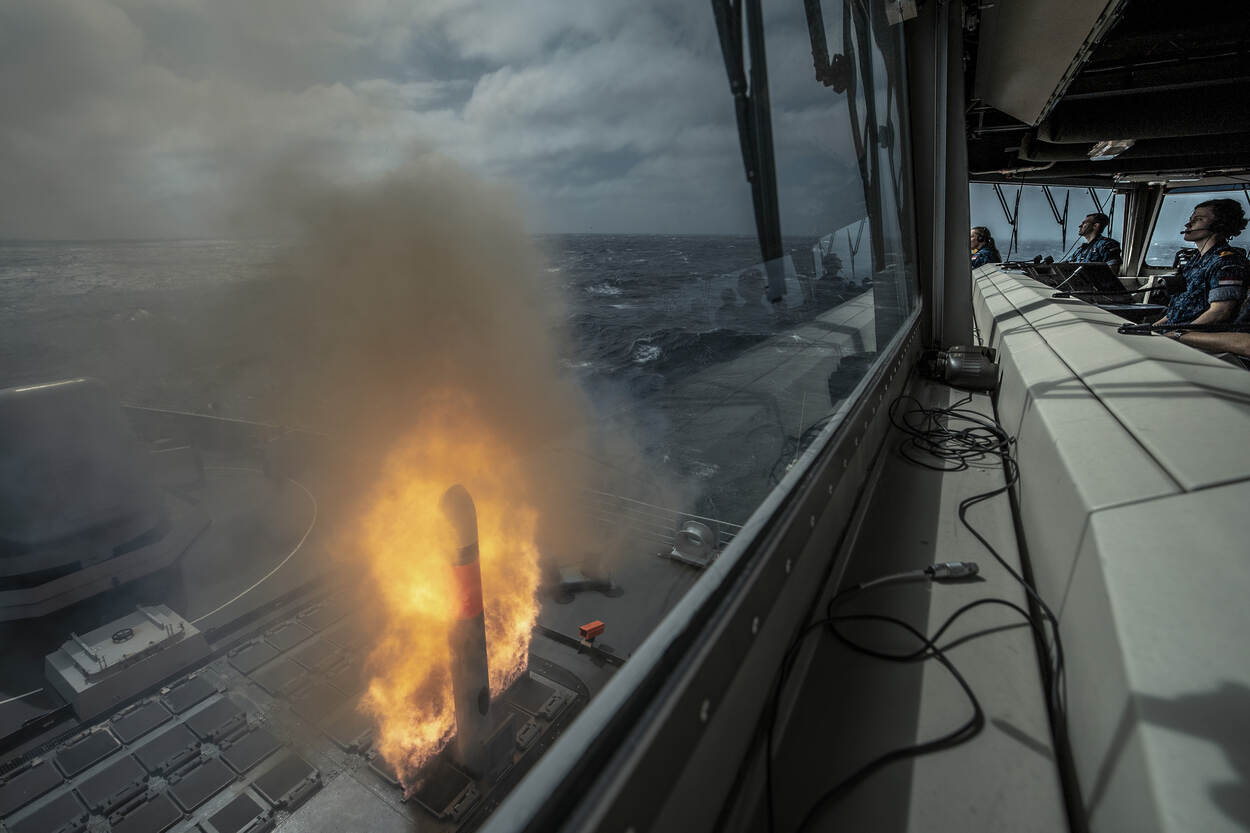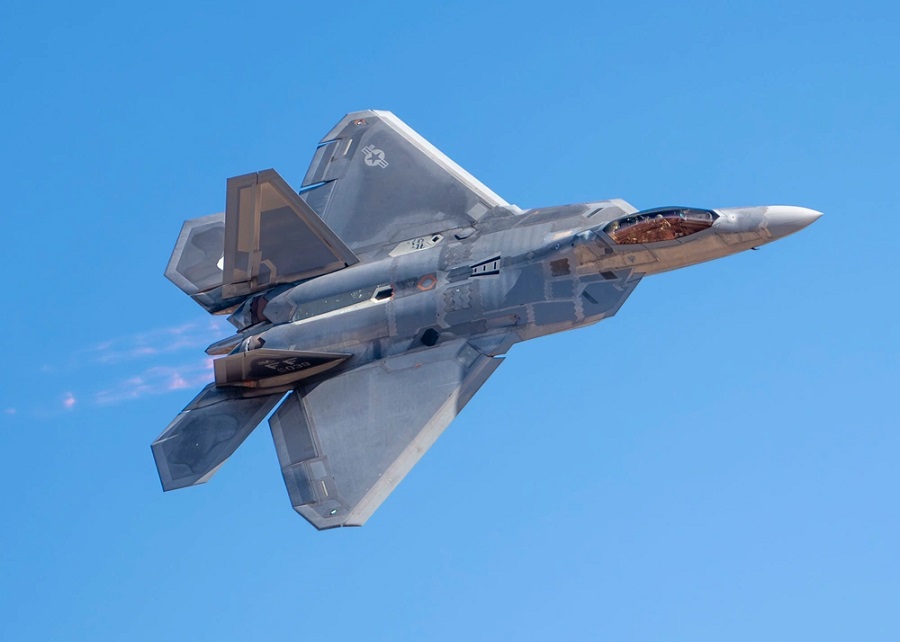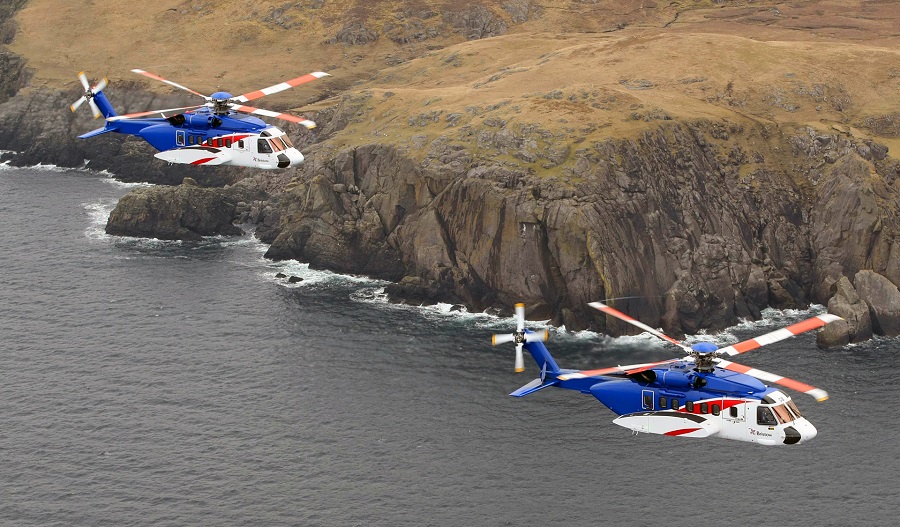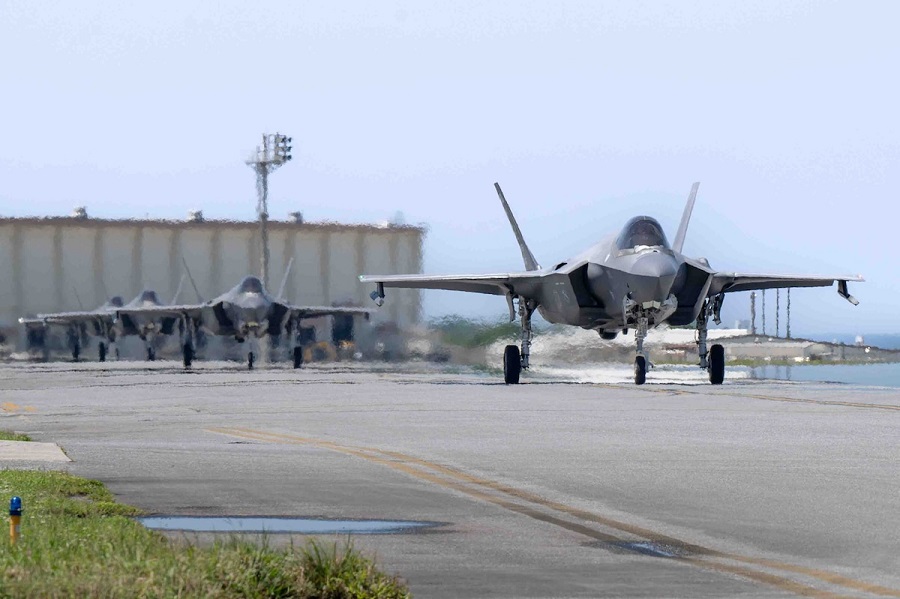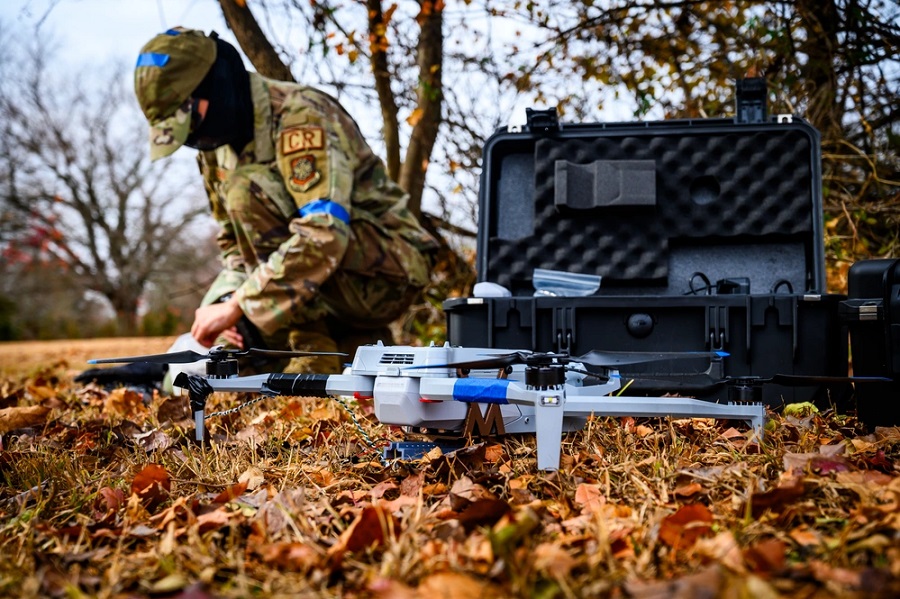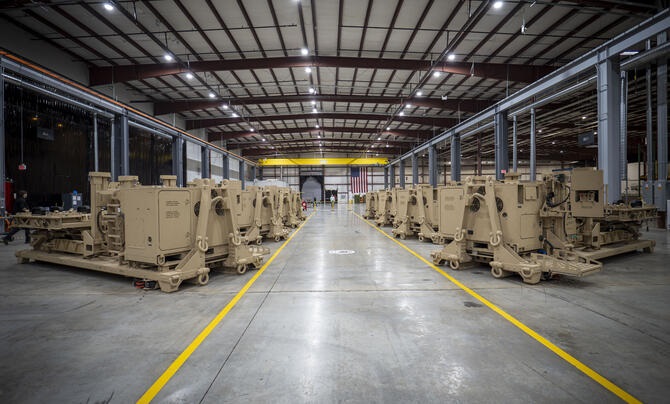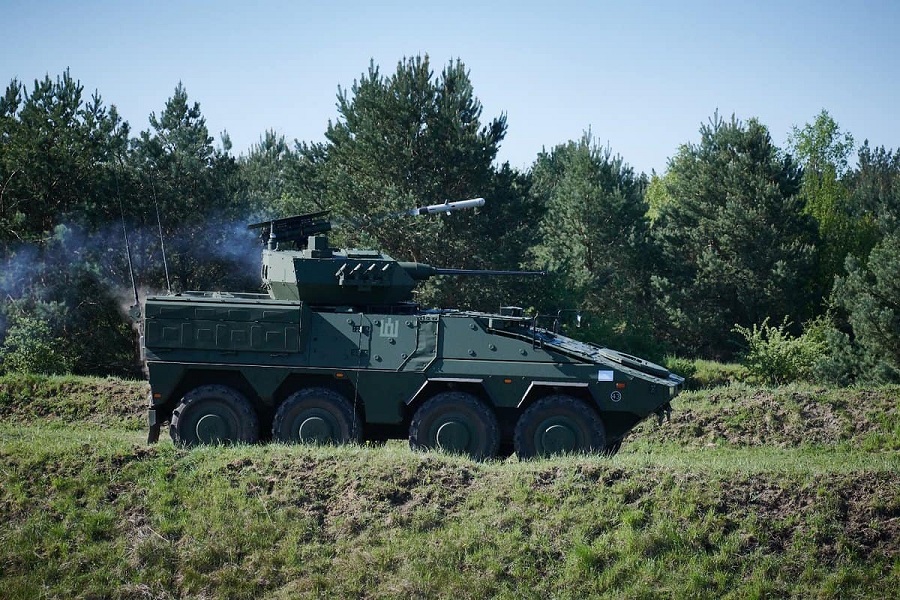Lukasz Prus, defence-industry.eu: The European Union’s adoption of the “Strategic Compass” means that the Union’s political leadership has decided to increase its commitment to ensuring Europe’s security, including military security. What role will the Agency play in this process and what are its priorities for the coming years?
Jiří Šedivý, Chief Executive of the European Defence Agency: Let me first stress that the EU’s and its Member States’ commitment to engage more in securing Europe’s security and defence did not start with the Strategic Compass approved last March. In fact, we have already made substantive progress over recent years to move towards a more cooperative, unified, stronger and efficient European defence.
But we are not there yet. Indeed, a lot remains to be done. But the ultimate goal is clear: to make of Europe a continent that is capable of protecting itself and defending its values and citizens. To achieve that, European countries need to bundle their skills, their resources and their defence capabilities. They need to work together, because none of them is strong enough to achieve that on its own. So, Europe’s future lies in the cooperation between its Member States, also in the security and defence domain. This is all the more true in the current challenging circumstances with a war raging in Europe and the overall global security context deteriorating dramatically.
Our governments, Armed Forces and industry now understand that defence cooperation makes sense. Budgetary sense because developing, buying and using defence equipment together is less costly than if every country does it on its own. Second, political sense because pulling on the same string increases Europe’s weight on the international scene. Third, and most importantly, it also makes operational sense because cooperation enhances the interoperability and effectiveness of the defence capabilities used by our Armed Forces.
That’s also why the European Defence Agency (EDA) was created in 2004: to initiate, promote and support defence cooperation among its 26 Member States, especially in the field of collaborative defence capability development and defence research. Over the past 18 years, the Agency has become the European Hub where countries willing to cooperate on defence can do so, supported and guided by our innovative drive, expert advice and management know-how.
Which are EDA’s priorities in the coming months and years?
We have a very broad work spectrum with currently some 140 research and capability projects and 200 other activities underway. But let me focus on some priorities.
Innovation, for instance. Our Member States’ Defence Ministers have set up this year a Hub for European Defence Innovation, called HEDI, within the Agency. Because innovation is crucial when it comes to thinking, developing and producing the capabilities we will need in the future to protect ourselves. HEDI will act as a platform to stimulate, facilitate and support cooperation on defence innovation among Member States while ensuring synergies with related European Commission activities, notably the EU defence innovation scheme, and coherence of output with NATO innovation initiatives such as the Defence Innovation Accelerator for the North Atlantic (DIANA). Innovation and defence research will clearly be one of our top priorities in the years to come.
Then, there is EDA’s important role in identifying cooperation opportunities and priorities. The Agency plays central roles in the regular update of the European Capability Development Plan (CDP) – a new update has just been launched – as well as in the Coordinated Annual Review of Defence, the so-called CARD, where defence cooperation opportunities are identified. The second CARD is underway, and EDA will present its final report to Ministers in November.
A third priority remains of course the collaborative development of new and better capabilities for our Armed Forces. This is out bread and butter. We have our own EDA projects and programmes in all domains (land, air, sea, space, cyber) but also provide management support to projects launched under the PESCO, the Permanent Structured Cooperation, if the participating Member States wish so.
As I said, these are only a few of the many activities we do in the Agency.
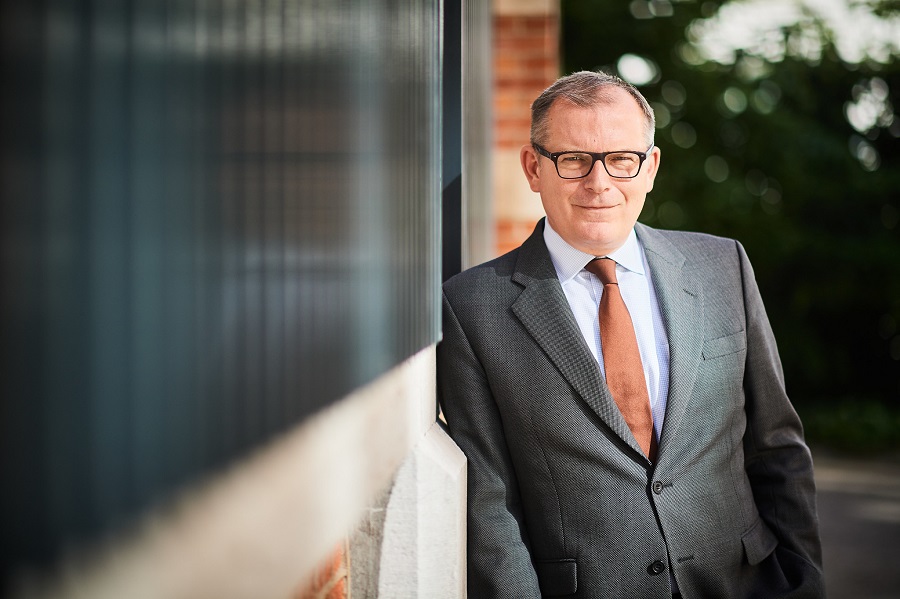
Following a call for proposals, the European Commission has selected 61 defence-related R&D projects for which EDF funds totalling €1.2 billion have been earmarked. How do you assess the interest in the first-ever call for proposals to attract EDF funding? Has the instrument proved effective? Does the number of projects earmarked for funding send a message that European companies are increasingly willing to engage in international projects?
You are referring to the European Defence Fund (EDF) which is managed by the European Commission, but in which EDA also plays important supportive roles. The Agency also contributed decisively to the setting up of the Fund, for instance when it was tasked to run and implement the Preparatory Action on Defence Research (PADR), the first ever programme for collaborative defence research co-financed with EU funding.
You ask if the EDF has already proved its efficiency? Well, it is still premature to answer this question, but the interest shown by companies to join cooperative capability development and research projects co-financed by the EU budget is high. This is a good sign. However, more important than the number of projects launched and financed through the EDF will be the operational impact they have on the European capability landscape and, and the end, on our Armed Forces’ capacity to defence our territory, values and citizens. Therefore, it is important to strictly focus on filling real capability gaps and avoid spending money on projects which might perhaps not really serve the Armed Forces’ needs. That’s why EDA’s input, as the main body driving CARD and the CDP revision, is so important. In fact, we make sure the focus of European cooperation efforts remains on identified capability gaps and priorities.
Joint purchases of modern weapon systems seem to be the key to integrating the European defence industry’s potential and bringing about a synergy through companies cooperating together across state borders. On the other hand, such ventures may raise concerns from individual countries about the interests of their own defence industry. How can these two contradictions be reconciled? In your opinion, will projects such as FCAS/SCAF or MGCS be successfully completed?
I won’t comment on your last question since EDA is not involved in the projects you mention, except to say that, of course, I wish to see every European cooperation be successful.
You are right to say that joint purchases of modern weapon systems are an important factor in strengthening the European Defence Industrial base through a more cross border approach of the industrial organisation. However, joint purchasing is surely not the only factor and other elements play a role too. First, the potential for changing the industrial structure is higher if the purchase is not ‘off the shelf’ and is preceded by a joint development phase. Also, joint procurement does not by definition have to be with European producers. So, certain conditions need to be met to achieve integration and harvest synergy by making use of the industrial competences throughout Europe.
This is also a key to reconcile the alleged contradiction between joint purchases, usually associated to larger scale project, and the interests of defence industries in (mainly smaller) countries. The way projects are designed needs to be based on the interests of the (potential) users from the outset. It obviously starts with harmonisation of (operational) requirements. These are not only of a technical nature but involves also considerations regarding the desired levels of operational autonomy, maintenance etc. For instance, security of supply of parts and support services play a role in procurement decisions. This can go hand in hand with industrial interests as roughly 1/3 of the cost of a system is investment and 2/3 is sustainment. Other aspects are important as well. For instance, existing supply chain competition must be considered and assessed, by exploring technologies available across Europe, also in the civil domain of course. Moreover, cooperating may be the only option, for example for the development of a new generation of a major defence system, as it would be beyond the reach of a single Member State. In addition, the possibility to participate in the early development phase, or even research, means involvement throughout the life cycle, upgrades and new generations.
Finally, the focus should not only be on the main weapon systems and systems of systems. They are important, but there are many smaller products that can be provided by smaller companies. Real cross border competition creates opportunities for these entities. It should be noted that being competitive on the defence market needs investment and clear definition of priorities and interests, the latter applies maybe even more to smaller countries as they cannot cover all areas.
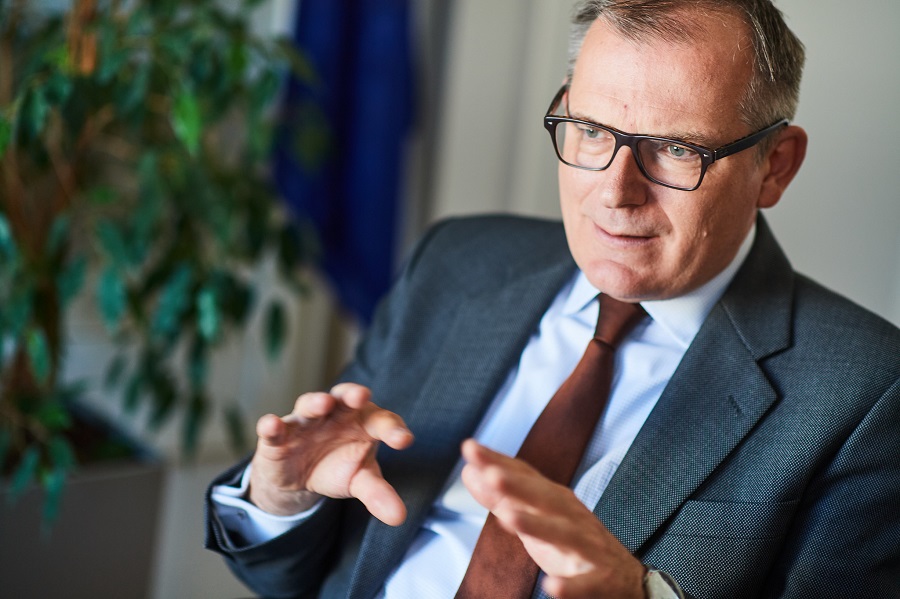
“The Strategic Compass” points to the possibility of member states jointly procuring military capabilities. The next CARD cycle is currently underway. In the context of the war in Ukraine, what military capabilities are most needed by the armed forces of European countries today? And for future reference, should the joint development of military capabilities lead to the formation of a European Union armed force?
The question of ‘what is most needed’ is a crucial one because, as I said already previously, it is important to make sure that European cooperation projects respond to real defence needs and lead to filling existing capability gaps. That’s why the Capability Development Plan (CDP), which we are reviewing now, and the CARD exercise are so important because those two instruments, both driven by EDA, identify the priorities and most promising cooperation opportunities when it comes to developing defence capabilities together. The new CDP review which we have just started will certainly take into account the operational lessons to be learned from the war in Ukraine. It will also consider the new guidelines provided by the recently adopted EU Strategic Compass, as well as the significant and strategic changes we have witnessed in the EU’s overall security environment. All those developments have implications on the new CDP.
What will the new priorities be? That’s too early to say because the review will take until next year when the revised set of EU Capability Development Priorities will be agreed by EDA’s Steering Board. It will then serve as a reference for the 3rd CARD which will start in autumn 2023. This year’s second CARD report, which EDA will present to Ministers in November, will already give an updated picture of the European defence landscape as well as of the most promising cooperation opportunities. Already in 2020, we identified six focus areas and more than 100 cooperation opportunities. Now, it is up to the Member States to take them up.
Let me finish with a word on the final part of your question related to a potential ‘EU army’. As you know, this topic is not on the table right now. We have to be realistic and focus on what is doable in terms of defence cooperation in the short and medium term. Here, there is still plenty of work to be done, plenty of unused potential to be grasped. Therefore, let’s first fully use the EU defence cooperation tools we have already in place – CARD, PESCO, EDF and also the European Defence Agency as the hub for collaborative capability development – before considering further integration steps in the future.


